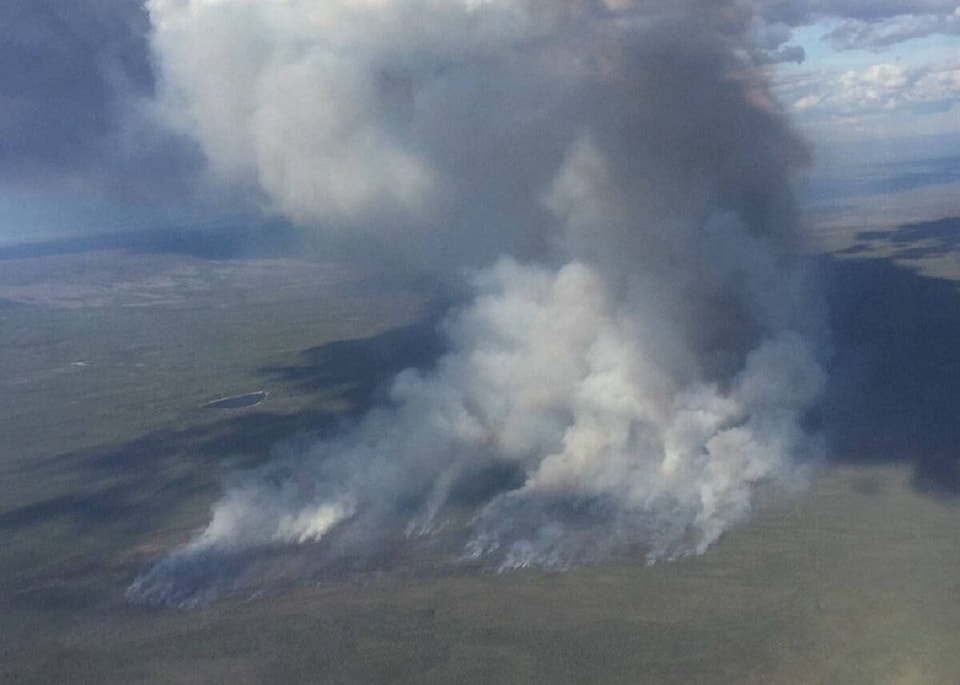The NWT experienced the worst wildfire season in its history in 2014, having seen 3.5 million hectares burned, 11 communities threatened, two community evacuations, three evacuations of remote cottage areas, two extended territorial park closures, numerous highway closures and threats to hydroelectric generation facilities and critical communications infrastructure.
The NWT spent more than eight times its normal firefighting budget dealing with these issues.
On Oct 25, the Government of Canada provided $5.3 million to the NWT through the Disaster Financial Assistance Arrangements (DFAA) program to support response and recovery costs. It was the final payment of $20.3 million in assistance that started in February 2020.
Following natural disasters, when response and recovery costs exceed what individual provinces or territories can “reasonably be expected to bear on their own,” they can request assistance through the DFAA.
Provincial/territorial governments design, develop and deliver disaster financial assistance, deciding the amounts and types of assistance that will be provided to those who have experienced losses.
“Wildfires in Canada have devastating effects for thousands of Canadians each year,” stated Bill Blair, minister of Public Safety and Emergency Preparedness. “We are committed to working with provinces and territories when they reach out to the federal government for help to bear these costs.
“In our recent budget, our government announced an additional $1.9 billion over five years for the DFAA,” said Blair. “The Government of Canada is, and will continue to be, a strong and active partner to assist people and communities affected by wildfires across Canada.”
The DFAA sets out which costs are eligible for cost-sharing, such as rescue operations, restoring public works and infrastructure to their pre-disaster condition.
Other avenues of eligible cost-sharing include replacing or repairing basic/essential personal property of individuals, small businesses and farmsteads.
